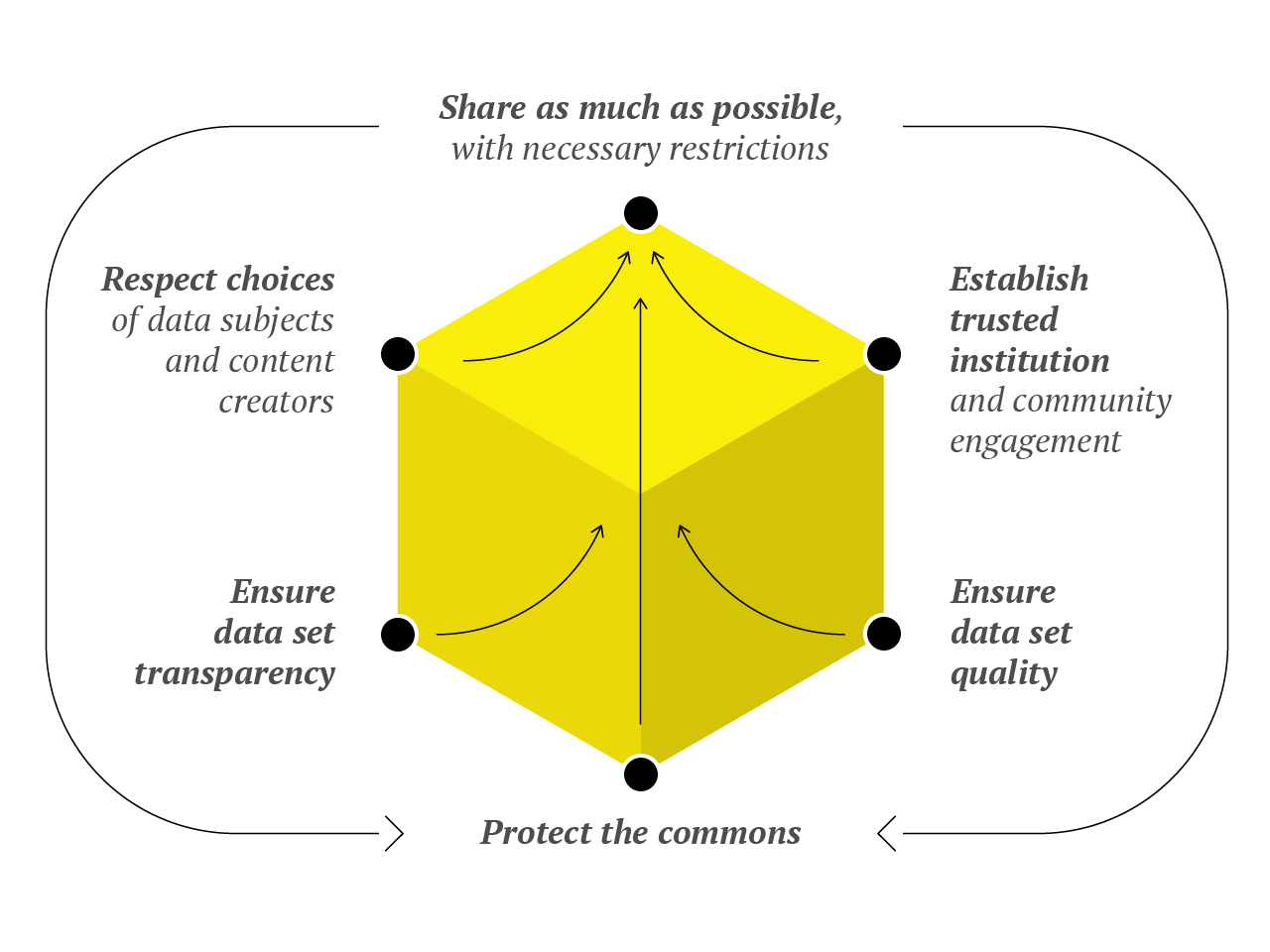Article by Liz Shuler and Mike Kubzansky: “Earlier this month, Google’s co-founder admitted that the company had “definitely messed up” after its AI tool, Gemini, produced historically inaccurate images—including depictions of racially diverse Nazis. Sergey Brin cited a lack of “thorough testing” of the AI tool, but the incident is a good reminder that, despite all the hype around generative AI replacing human output, the technology still has a long way to go.
Of course, that hasn’t stopped companies from deploying AI in the workplace. Some even use the technology as an excuse to lay workers off. Since last May, at least 4,000 people have lost their jobs to AI, and 70% of workers across the country live with the fear that AI is coming for theirs next. And while the technology may still be in its infancy, it’s developing fast. Earlier this year, AI pioneer Mustafa Suleyman said that “left completely to the market and to their own devices, [AI tools are] fundamentally labor-replacing.” Without changes now, AI could be coming to replace a lot of people’s jobs.
It doesn’t have to be this way. AI has enormous potential to build prosperity and unleash human creativity, but only if it also works for working people. Ensuring that happens requires giving the voice of workers—the people who will engage with these technologies every day, and whose lives, health, and livelihoods are increasingly affected by AI and automation—a seat at the decision-making table.
As president of the AFL-CIO, representing 12.5 million working people across 60 unions, and CEO of Omidyar Network, a social change philanthropy that supports responsible technology, we believe that the single best movement to give everyone a voice is the labor movement. Empowering workers—from warehouse associates to software engineers—is the most powerful tactic we have to ensure that AI develops in the interests of the many, not the few…(More)”.

